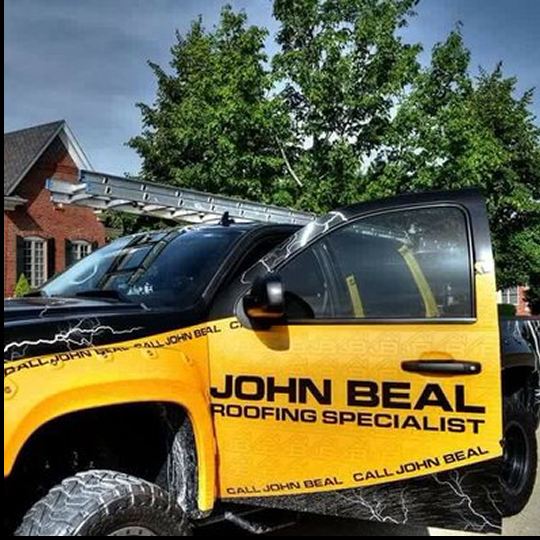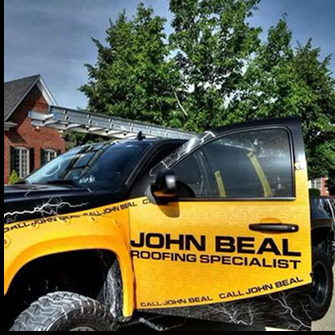

At John Beal Roofing, great roofing starts with great relationships. We’re proud to be part of the communities we serve, providing stress-free, high-quality roofing solutions for homes and businesses across the Midwest. From the first inspection to the final cleanup, our team is here to guide you with honest advice, skilled workmanship, and a commitment to doing right by our customers.
What sets us apart:
Ready for reliable roofing you can count on? Schedule your free in-home estimate with John Beal Roofing today.